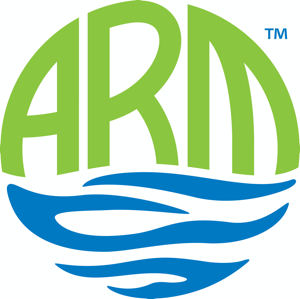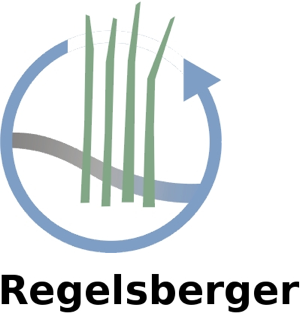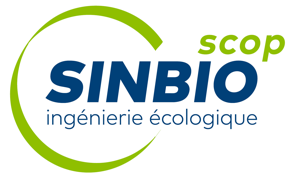Balhall: A two stage, 185 m2,Aerated saturated vertical flow reed bed system treating 5 m3/d of settled, secondary sewage.
Balhall
Additional Info
- In operation since: 2012-03-16
- Type of wastewater treated: Domestic
- Hydraulic load: 4.7 m³/d
- Organic load (PE): 25 PE
- Organic design load (kg BOD/day): 1.5
- Location: Mains of Balhall, nr Brechin, Angus, Scotland , UK
- Client: Scottish Water
- Stage 1 type: FBA vertical flow
- Stage 1 surface area (m²): 171
- Stage 2 type: FBA vertical flow
- Stage 2 surface area (m²): 14
- Cost: £54,000.00
-
Needs:
The wastewater treatment works at Balhall is operated by Scottish Water and serves a small hamlet and farm in Angus near Brechin. The site originally comprised a septic tank which discharged into a local stream. Subsequently a passive vertical flow reed bed system was installed post septic tank but this struggled to but achieve the tight ammonia consent of 5mg/l. Further investigation highlighted an overestimation in the load to the works resulting in a significant oversizing of the system. This had been complicated by the system receiving rain water via roof connections to a newly installed sewer. Some modifications to the wetland system were undertaken but the site still failed to consistently achieve consent. In 2011 Scottish Water Solutions undertook a flow a load survey which more closely defined the water passing forward to the works for treatment.
Raw Discharge Consent
Average Flow (m3/d) 4.7 -Peak Flow (m3/d) 37.8 -
BOD (mg/l) 320 25
Suspended Solids (mg/l) 400 5
Ammoniacal-N (mg/l) 42.7 100
ARM Ltd was asked to provide a treatment solution with a performance guarantee based on the new data. -
Solution:
The existing treatment wetland comprised a two reed bed system operating in parallel. ARM Ltd were keen to maximise the use of this existing asset. Because of the stringent ammonia consent and the need for a process guarantee an aerated (FBATM), two stage saturated vertical downflow system operating in series was proposed. This was constructed by conversion of one of the existing reed beds on site, creating two beds of 171m2 and 25m2 with a pumping chamber in between. ARM Ltd also installed a new septic tank specifically sized to handle the higher flows associated with roof water catchment and avoid the scouring of solids. Duty standby blowers were installed with a control panel allowing timer controlled operation of the aeration system.
-
Benefits:
Maximum use was made of the existing asset on site and the remaining bed, currently unused, provides potential additional treatment capacity if required in the future. The FBATM aeration technology provides Scottish Water with a more secure treatment solution to match the tight ammonia consent. Timer control of the aeration system offers flexibility of operation with the potential for optimum power usage. This along with the FBATM technology gives Scottish Water a lower carbon foot print treatment solution compared to the alternative mechanical treatment solution which would most likely have been a Submerged Aerated Filter.












